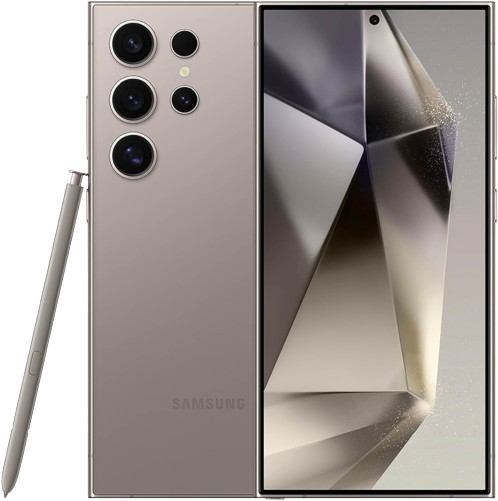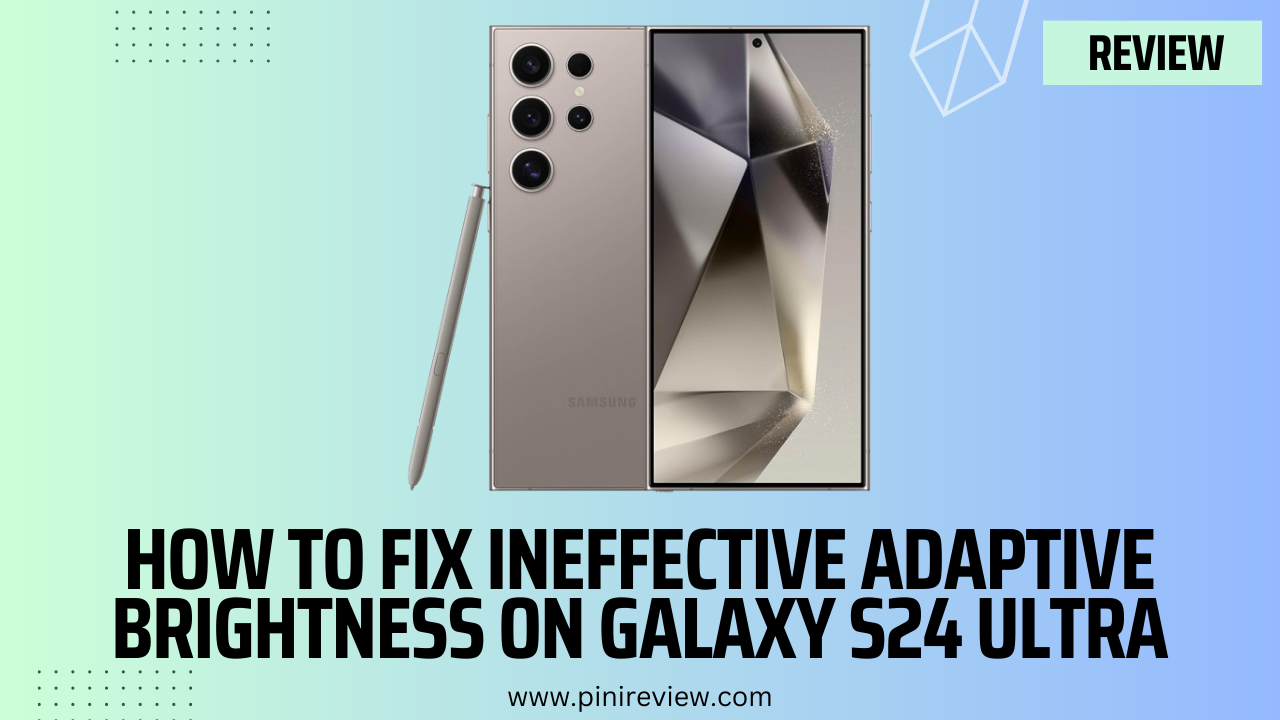The Samsung Galaxy S24 Ultra is a marvel of modern smartphone technology, offering a range of features and capabilities that set it apart in the market. However, like all sophisticated devices, it’s not immune to issues, one of which is the occasional ineffectiveness of its adaptive brightness feature. For a detailed review of the Galaxy S24 Ultra, you can visit here. In this article, we’ll explore solutions to this specific problem, ensuring you can enjoy your device to its fullest potential.

Solution 01: Manually Adjust Brightness Settings
Sometimes, the simplest solution is to manually adjust the brightness. This bypasses any temporary glitches in the adaptive brightness algorithm.
- Access Settings: Go to your Galaxy S24 Ultra’s settings.
- Display Settings: Navigate to the display settings where you’ll find the brightness options.
- Adjust Manually: Use the brightness slider to set your preferred level.
Solution 02: Reset Adaptive Brightness
Resetting the adaptive brightness can recalibrate the feature, improving its effectiveness.
- Settings Menu: Open the settings on your Galaxy S24 Ultra.
- Display Options: Find and select ‘Display’.
- Reset Adaptive Brightness: There should be an option to reset or recalibrate adaptive brightness.
Solution 03: Update Your Device
Outdated software can cause various issues, including brightness problems.
- Settings Application: Navigate to the settings.
- Software Update: Look for a section about the software update.
- Download and Install: If an update is available, download and install it.
Solution 04: Disable Power Saving Mode
Power saving mode can restrict brightness levels to save battery life.
- Quick Settings Panel: Swipe down from the top of your screen.
- Power Saving Mode: Find and disable the power-saving mode.
Solution 05: Check for External Screen Protectors
Sometimes, screen protectors can interfere with the light sensors.
- Inspect the Protector: Ensure it’s not covering any sensors.
- Reposition or Remove: Reposition or remove the screen protector if necessary.
Solution 06: Restart Your Device
A simple restart can fix minor software glitches affecting brightness control.
- Power Button: Press and hold the power button.
- Restart Option: Select ‘Restart’ from the menu options.
Solution 07: Use Third-Party Apps
Third-party apps can offer more control over brightness settings.
- App Store: Visit the Google Play Store.
- Search and Install: Find a reputable brightness control app and install it.
Solution 08: Factory Reset
A factory reset should be a last resort as it erases all data.
- Backup Data: Ensure all important data is backed up.
- Settings Menu: Go to settings and find the reset options.
- Factory Reset: Select ‘Factory Reset’ and follow the instructions.
Solution 09: Visit a Service Center
If problems persist, professional help might be needed.
- Find a Service Center: Locate an authorized Samsung service center.
- Professional Assistance: Seek professional assistance for your device.
Solution 10: Disable and Re-enable Adaptive Brightness
Turning off adaptive brightness and then re-enabling it can sometimes fix issues.
- Display Settings: Go to the display settings.
- Adaptive Brightness: Find and turn off adaptive brightness, wait a few seconds, then re-enable it.
Bonus Tip: Monitor Ambient Light Conditions
Be mindful of your surrounding light conditions. If you’re frequently moving between very bright and very dark environments, give your phone’s sensors a moment to adjust. This can enhance the adaptive brightness feature’s performance.
Recommend Article
- Fix Ineffective Edge Panel Responsiveness on Galaxy S24 Ultra
- Fix Screen Flickering on High Brightness on Galaxy S24 Ultra
- Fix Display Brightness Problems on Galaxy S24 Ultra
- Fix Auto-Brightness Function Malfunctioning on Galaxy S24 Ultra
- Fix Erratic Screen Brightness Adjustments on Galaxy S24 Ultra

Leave a Reply